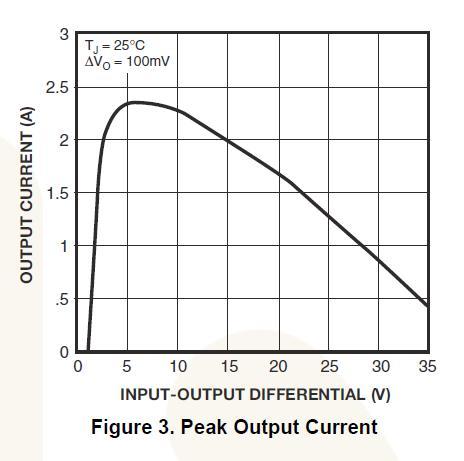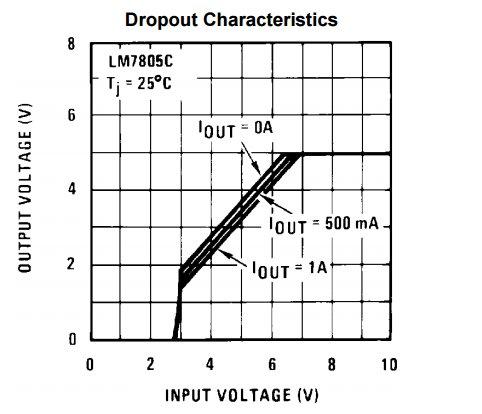- Joined
- 27 Jan 2008
- Messages
- 23,658
- Reaction score
- 2,664
- Location
- Llanfair Caereinion, Nr Welshpool
- Country

DC to DC chips with 10.8 to 13.2 volt input and 12 volt output are reasonable cheap around £4 and there are many options but 9V to 36 volt and price jumps to £18 each.
Caravans if complying with regulations have a voltage 11 to 14 volt. (A721.55.4.1) and often they use stage chargers which means 14.8 volts.
Texas Instrument produce a chip which states:- “This design uses a 12Vac input which is rectified and fed to a boost DC to DC Converter with constant current feedback loop for driving 6 series LEDs at 0.32A. Also implemented is a simple circuit to decode a dimming signal from a TRIAC. This dimming decoder circuit controls the dimming level of the LEDs.” Number PMP7754 the details state Vin (Min) (V) 12, Vin (Max) (V) 12 input type AC. (I expect a chip like this is used in LED clusters) In other words it is designed for use with a regulated 12 vac power pack, normally used with 12 volt quartz bulbs. The output is 21 volt and divide that by 6 and 3.5 volt for each LED.
Car LED's often have a resistor built in so they have same load as tungsten bulb aim is long life not reduced power.
At the moment it would seem cheapest way to run LED lighting is to use an inverter and 230 volt rather than 12 volt fittings.
My thoughts are to simply fit a LM7812 chip in each lamp and accept when battery is not on charge they run a bit dim.
However there must be people who have come across this problem before, so question is how have others got around the problem?
Caravans if complying with regulations have a voltage 11 to 14 volt. (A721.55.4.1) and often they use stage chargers which means 14.8 volts.
Texas Instrument produce a chip which states:- “This design uses a 12Vac input which is rectified and fed to a boost DC to DC Converter with constant current feedback loop for driving 6 series LEDs at 0.32A. Also implemented is a simple circuit to decode a dimming signal from a TRIAC. This dimming decoder circuit controls the dimming level of the LEDs.” Number PMP7754 the details state Vin (Min) (V) 12, Vin (Max) (V) 12 input type AC. (I expect a chip like this is used in LED clusters) In other words it is designed for use with a regulated 12 vac power pack, normally used with 12 volt quartz bulbs. The output is 21 volt and divide that by 6 and 3.5 volt for each LED.
Car LED's often have a resistor built in so they have same load as tungsten bulb aim is long life not reduced power.
At the moment it would seem cheapest way to run LED lighting is to use an inverter and 230 volt rather than 12 volt fittings.
My thoughts are to simply fit a LM7812 chip in each lamp and accept when battery is not on charge they run a bit dim.
However there must be people who have come across this problem before, so question is how have others got around the problem?



